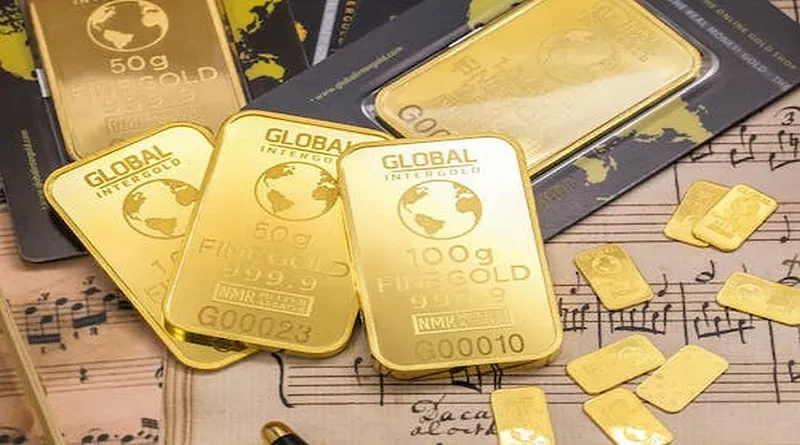Silver is a precious metal that has been treasured for centuries for its beauty, rarity, and value. Whether you have inherited a silver heirloom or acquired silver jewelry or coins, determining if it is genuine is essential to ensure its authenticity and worth. In this comprehensive guide, we will explore various methods and techniques to help you verify the authenticity of your silver items. From simple visual cues to more advanced testing methods, we will equip you with the knowledge to confidently distinguish real silver from imitations or lesser-value metals.
Understanding Silver
Before delving into the identification process, it is crucial to have a basic understanding of silver and its properties. Silver is a soft, lustrous, and malleable metal with exceptional thermal and electrical conductivity. Its chemical symbol is Ag, and it belongs to the group of noble metals, which means it resists corrosion and oxidation. Pure silver, also known as fine silver, is too soft for most practical purposes and is often alloyed with other metals such as copper to enhance its durability.
Visual Examination
Hallmarks and Stamps:
One of the first things to look for when determining the authenticity of silver is the presence of hallmarks or stamps. These are small marks typically imprinted on the silver item to indicate its purity and origin. Hallmarks are usually found on the back or underside of silverware, jewelry, and coins. Common marks include “925” (92.5% silver, known as sterling silver), “999” (99.9% pure silver), and country-specific marks like “925” for the United States or “925/1000” for Europe.
Weight and Feel:
Real silver is denser and heavier compared to most other metals. When holding a piece of supposed silver, you should feel its weight, which can be an indicator of authenticity. If the item feels unusually light or lacks a substantial feel, it might not be genuine silver.
Patina and Tarnish:
Authentic silver develops a patina over time, which is a thin layer of discoloration caused by oxidation. Tarnish is a dark coating that forms on the surface of silver items due to exposure to air and humidity. Although tarnish can be polished off, its presence can be a positive sign of genuine silver.
Magnet Test
Silver is non-magnetic, so a simple magnet test can help distinguish it from ferrous metals. Hold a strong magnet near the silver item; if it’s attracted to the magnet, it is not pure silver. However, keep in mind that this test alone is not definitive, as some counterfeit silver alloys may still show little or no magnetic response.
Acid Test
The acid test is a more advanced method used by professionals to determine the silver’s purity level. It involves applying a drop of nitric acid to a discreet area of the silver item and observing the reaction. Since pure silver is resistant to most acids, a genuine silver item will show little to no reaction. However, this test can damage the item, so it is advisable to consult a professional or use a test kit specifically designed for this purpose.
Filing Test
This test is best suited for silver coins or bars rather than delicate jewelry pieces. By gently filing the edge or a small section of the item, you can observe the inner metal’s color. If the metal inside is white or silver, it is likely genuine. However, if you notice a different color or base metal underneath, it may not be real silver.
Ice Test
The ice test is a quick and straightforward at-home test to assess the thermal conductivity of silver. Take an ice cube and place it on a flat surface. Next, put the silver item on top of the ice cube. Silver has the highest thermal conductivity of all metals, so it will transfer heat quickly, causing the ice beneath to melt faster compared to imitations.
Ring Test
Genuine silver produces a distinct bell-like ringing sound when lightly tapped. Hold the silver item by the edge and tap it gently with a finger or a soft object. If you hear a clear, melodious ring, it is likely real silver. Be cautious not to hit the item too hard, as this may cause damage.
Ultrasound Examination
For a more sophisticated analysis, consider seeking the expertise of a professional jeweler or use an ultrasound testing service. Ultrasound can reveal the internal structure and composition of the item, helping to verify its authenticity and purity accurately.
Conclusion
Identifying genuine silver is crucial for determining its value and authenticity. By combining visual examination, simple at-home tests, and, if necessary, professional analysis, you can confidently determine whether your silver item is real or an imitation. Remember that some tests, such as the acid test or filing test, can damage the item, so exercise caution or seek professional advice when in doubt. Armed with this comprehensive guide, you can now protect yourself from purchasing counterfeit silver and appreciate the true value of your cherished silver items.


